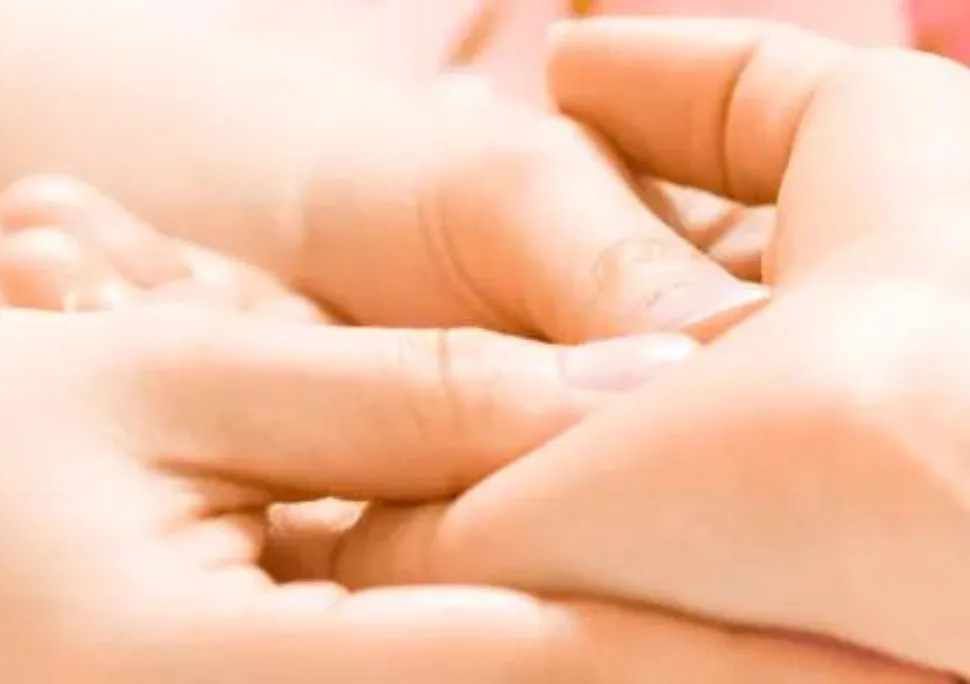Cryotherapy In Manhattan and Long Island

What is Cryotherapy?
Cryotherapy, or cryogenic therapy, is a form of treatment using freezing or near-freezing temperatures. Cryotherapy uses cold to treat acute and sub-acute injuries, as well as reduce discomfort following athletic reconditioning. Whole-body cryotherapy can improve mobility and overall function, as well as reduce pain and stiffness.
Benefits of Cryotherapy in Manhattan and Long Island
There are many benefits to whole-body cryotherapy. Cryotherapy can be used to relieve chronic pain, inflammation, swelling and muscle spasms. It can increase the amount of nutrient-rich blood, which speeds up the healing process and whole body cryotherapy can be combined with training to enhance athletes’ performance. It stimulates anti-inflammatory’s such as norepinephrine, which in turn increases their performance. Cryotherapy can boost endorphins, which can improve mood and reduce stress.
These benefits include:
- Joint Mobility – Increased
- Reduce Inflammation
- You can reduce your anxiety, stress, and depression.
- Increase Energy
- Get better sleep
- Enhance Immune Function
- Migraines can be reduced
- Numb Nerve Irritation
- Enhances Muscle Recovery
- Reduces inflammation of acute injuries
- Help with mood disorders
- Arthritis Pain Can Be Reduced
- May Help Dementia & Alzheimer’s
- Teat Atopic Dermatitis, Eczema & Improves Skin Condition
- Muscle and Pain Relief
- Weight Loss
Cryotherapy can improve the function and quality of the immune system. It can also increase endorphin levels, reduce stress levels, improve blood circulation, and improve lymphatic flow. Cryotherapy can also increase metabolism, which can lead to a greater caloric burn. Cryotherapy can help you burn as many as 400 calories in just three minutes!
What Can you Expect From Cryotherapy in Manhattan and Long Island?
For approximately 3 minutes, you will be exposed to dry air at -160 to 220 degrees Fahrenheit. Compressed liquid nitrogen cools the inside of the tank. The chamber is then cooled cryogenically. It is very cold and you can always open the door to get out if you need to.
Cryotherapy has been shown to be beneficial for muscle recovery, joint pain, chronic skin conditions, and sleep. These are all possible uses of cryotherapy so it is worth speaking with your primary physician. However, there are some groups might prefer to avoid cryotherapy.
People with hypertension and any type heart disease are at risk from cryotherapy. Sudden exposure of extreme cold can cause shock to the body, especially the heart.
Nerve damage patients should also avoid cryotherapy. People with nerve damage (also known as diabetic neuropathy), often experience loss of sensation in their feet and hands, which can increase the likelihood of frostbite when they are in the cryochambers.
While older people and those with pzoor circulation shouldn’t be afraid of cryotherapy they should still consult their doctor. Our therapists will often reduce the time the patient spends in the cryochamber, and then monitor their responses.


